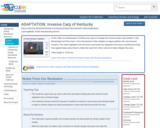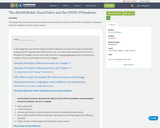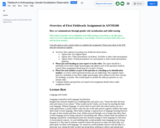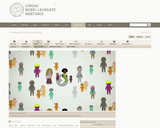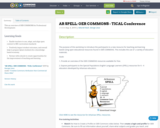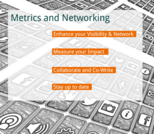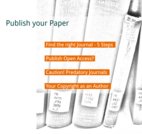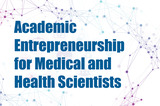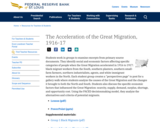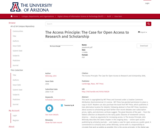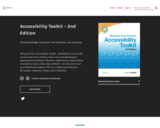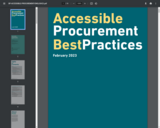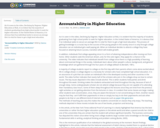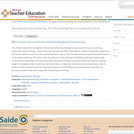
This module is about the management of teaching and learning. We begin by exploring the school as a learning organization and promoting a culture of learning and teaching, which is dedicated to constant renewal and improvement. We will also tackle the issue of context, and will look at the ways in which the physical environment of the school impacts on the quality of learning. This leads us into an exploration of the challenges of effectively planning, implementing, monitoring and evaluating a curriculum that needs constantly to change and reinvent itself in line with the changing needs of a changing society. In particular, we focus on what is required to improve teaching and learning in order to produce enhanced learner outcomes. This paves the way for the identification and development of the skills and processes needed to lead and manage effective teaching and learning.
- Subject:
- Business and Communication
- Material Type:
- Textbook
- Provider:
- OER Africa
- Date Added:
- 02/27/2012

